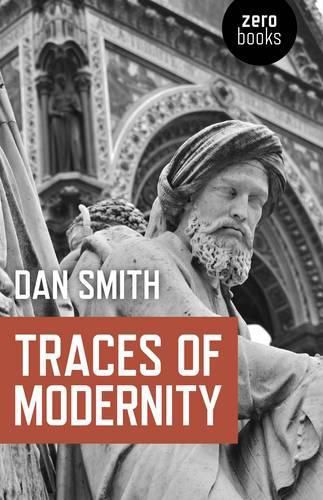Readings Newsletter
Become a Readings Member to make your shopping experience even easier.
Sign in or sign up for free!
You’re not far away from qualifying for FREE standard shipping within Australia
You’ve qualified for FREE standard shipping within Australia
The cart is loading…






This book offers critical engagements with four objects from the nineteenth century: The ruins of the Crystal Palace in Sydenham and the dinosaurs that remain, the Albert Memorial in Kensington Gardens, Oxford’s Pitt Rivers Museum and the short novel by H.G. Wells - The Time Machine. These provide very different forms of encounter, but are bound by the shadow of the Great Exhibition of 1851. This immense spectacle helped forge our understanding of display, surveillance and commodity. This legacy can be detected in the development of the modern museum and gallery as well as the shaping of spaces and structures of trade, commerce and political display, denying any possibility of conceptually separating these sites. Linked by a cumulative narrative that binds the mid nineteenth century to the early twenty first, these four objects are identified as formative traces of the past within the present. They provide models for critical thought and suggest answers to the problematic conditions that they present as ideologically specific relics from a previous age.
$9.00 standard shipping within Australia
FREE standard shipping within Australia for orders over $100.00
Express & International shipping calculated at checkout
This book offers critical engagements with four objects from the nineteenth century: The ruins of the Crystal Palace in Sydenham and the dinosaurs that remain, the Albert Memorial in Kensington Gardens, Oxford’s Pitt Rivers Museum and the short novel by H.G. Wells - The Time Machine. These provide very different forms of encounter, but are bound by the shadow of the Great Exhibition of 1851. This immense spectacle helped forge our understanding of display, surveillance and commodity. This legacy can be detected in the development of the modern museum and gallery as well as the shaping of spaces and structures of trade, commerce and political display, denying any possibility of conceptually separating these sites. Linked by a cumulative narrative that binds the mid nineteenth century to the early twenty first, these four objects are identified as formative traces of the past within the present. They provide models for critical thought and suggest answers to the problematic conditions that they present as ideologically specific relics from a previous age.